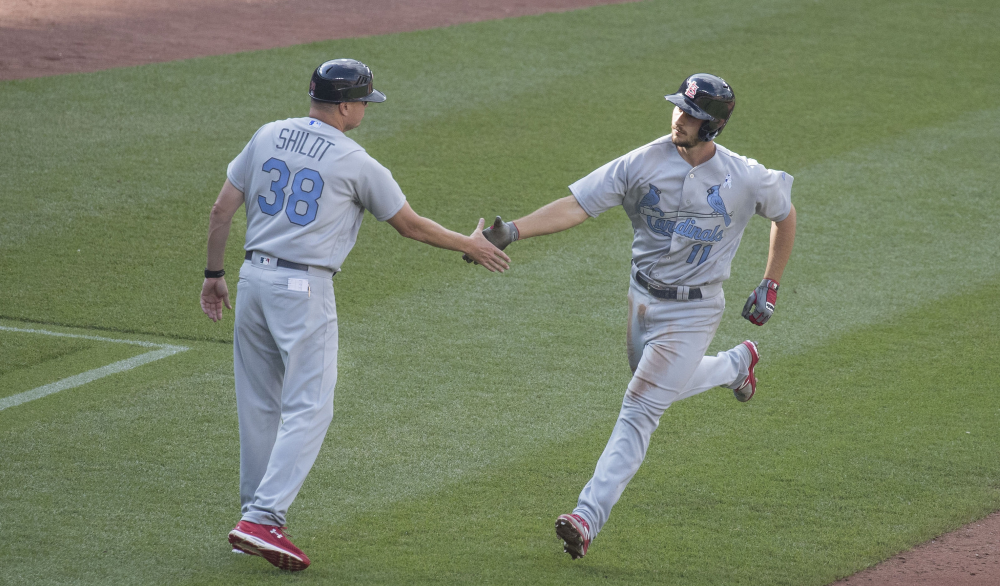The Ninth-Inning Rule Change Would at Least Be Fun
The history of baseball is littered with different proposals designed for making the game more fun, exciting, and accessible. A quick perusal of the careers of Bill Veeck and Charlie Finley will tell you that Major League Baseball used to experiment a lot more than it does today. Letting fans manage a game, using yellow baseballs, printing nicknames on jerseys, and launching fireworks after home runs: this is merely a brief list of the gimmicks that have been tried. Some of them still remain, or at least resurface periodically.
Recently, MLB has turned its focus to pace of play, tinkering with the rules and enforcement of rules to speed up the game. At their heart, these changes have been proposed to make the sport more enjoyable for fans without fundamentally altering it.
A recent suggestion has made the rounds and received some attention. Rich Eisen introduced the idea on his show — apparently as it was related to him by a league executive. This particular proposal? To allow any batter to hit in the ninth inning of a game.
On its face, the idea is ridiculous, representing a massive change in the way we understand and watch the game. On the other hand, it might make the game more a little more exciting, particularly in its latter stages, and might keep fans at the ballpark a little longer. Ultimately, it probably isn’t worth changing the fabric of the sport for a little extra excitement; plus, the end of most contests features a certain amount of excitement already. That said, consider the following graph, which depicts offense by inning relative to average.

In the first inning of games last year, hitters put up a 106 wRC+, or roughly the 2017 equivalent of Kyle Seager. In the ninth inning, batters recorded an 82 wRC+, or more like Freddy Galvis. The reasons for this are relatively simple: in the first inning, teams begin with the first three hitters in their lineup, and the pitcher almost never bats. Managers usually put their best hitters at the top of the lineup. If we removed pitchers, the numbers in innings two through five would all get a decent bump. The 109 wRC+ in innings three to five in that case is actually better than in the first inning.






